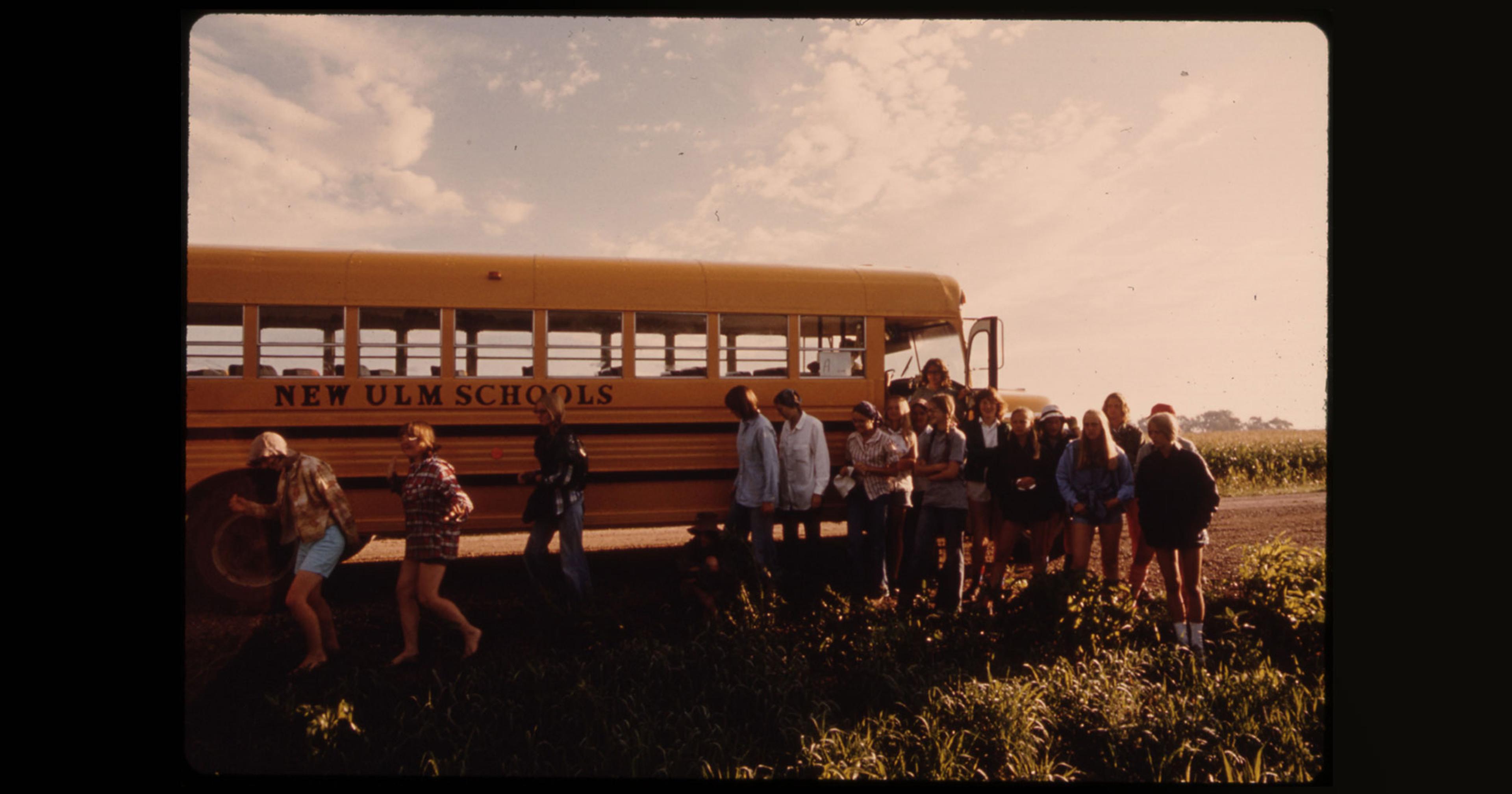Oregon, Washington, and California are phasing in overtime pay for farmworkers. In response, some employers are simply cutting hours and hiring more workers.
With Oregon Gov. Kate Brown signing a law in April phasing out the state’s agricultural overtime exemption, the state joined California and Washington in passing overtime protections for farmworkers, a group long excluded under federal law. The new rules will phase in over several years, with the entire West Coast on a path to a potentially industry-changing legal standard.
Oregon’s law takes effect in 2023, and mandates a time and a half pay rate past 55 hours a week through 2024; beyond 48 hours in 2025 and 2026; and 40 hours in 2027. More than 1000 people submitted testimony as it moved through the legislative process. Washington requires overtime rates beyond 55 hours this year, 48 hours in 2023 and 40 in 2024, the result of a state supreme court ruling mandating overtime for dairy workers.
California has required overtime pay (beyond 8 hours/day, 40/week) for ag employers with 26 or more employees since the start of 2022; the rules will extend to smaller operations in 2025.
Ana Cruz has worked on farms in Washington state for 18 years, most recently on apple orchards in Prosser. She speaks Spanish, and shared her experience through an interpreter on the phone. She said though Washington’s overtime law isn’t fully in effect until 2024, her employer is already limiting workers to 40 hours.
“It really isn’t an economic argument. It’s a referendum: Is a farmworker’s life worth the same as other workers, or is it different?”
“A lot has changed,” she said, noting the limits have impacted her ability to earn as much as before, though she appreciates the chance to spend more time with her family.
Anne Krahmer-Steinkamp runs one of the larger blueberry operations in Oregon’s Willamette Valley and Columbia County. She hires about 200 people to hand-pick berries through the season, totaling 60,000 to 100,000 pounds a day at peak. She’s concerned that buyers aren’t willing to pay higher prices to make up for the increased labor costs.
“We’ve been talking to our marketers every year, and we’re like ‘Hey, [our costs] are going up,’” Krahmer-Steinkamp said. “They’re already showing us prices for blueberry season that are going to be really hard to make money back, just because the grocery stores want to have low-price fruit on the shelves. That’s what we have to compete with.”
She said her pickers earn a piece rate — a wage priced per unit of produce picked — which works out to effectively $25 to $45 an hour.
“Then you add time and a half on that, with already a slim margin that I’m getting back, and there’s just no way I can afford it,” Krahmer-Steinkamp said.
Elizabeth Strater, director of strategic campaigns at United Farm Workers, notes some other states — like Colorado, New York, and Minnesota — have overtime laws covering farmworkers, but no true parity with other industries covered under the federal Fair Labor Standards Act, which mandates time and a half pay past 40 hours.
“It really isn’t an economic argument,” Strater said. “It’s not a mathematic argument. It’s a moral question, right? It’s a referendum: Is [a farmworker’s] life worth the same as other workers, or is it different? So that’s the question that we ask.”
“We’re increasingly seeing a lot of competition from countries that have much, much lower labor costs, and lesser environmental standards.”
On the ground, Strater said overtime rollout is a “mixed bag” for workers, as growers implement the changing standards in various ways.
When Washington enacted its overtime law in 2021, President Joe Biden issued a statement of support, and called on Congress to extend overtime to farmworkers nationwide.
“For too long — and owing in large part to unconscionable race-based exclusions put in place generations ago — farmworkers have been denied some of the most fundamental rights that workers in almost every other sector have long enjoyed, including the right to a 40-hour work week and overtime pay,” Biden said.
“Why should the agricultural industry have a special exemption to push people?” Strater said of the physical stress from long hours. “Ultimately, overtime is a health and safety protection.”
On the point of equity for workers, Krahmer-Steinkamp said she understands, but struggles with how her operation will complete the necessary work.
“I get what they’re saying, but they’re talking about an industry that’s so different from all the other industries,” she said. “The farming industry is completely [dependent] upon Mother Nature.”
That can mean some periods when the weather allows for little work, Krahmer-Steinkamp said, and then races to get her product out of the field when conditions improve.
Mary Anne Cooper, vice president of government and legal affairs for the Oregon Farm Bureau, said her employer asked for modifications like a higher hourly threshold and seasonal exemptions.
“Overtime pay is not going to be the thing that breaks the camel’s back. I cannot believe that that would be true.”
“Most of our products here are commodities that are also grown elsewhere in the global marketplace,” Cooper said. “And we’re increasingly seeing a lot of competition from countries that have much, much lower labor costs, and lesser environmental standards. So it became very apparent that as well-intentioned as the policy is, if we move to an overtime threshold, especially at 40 hours, our producers were not going to be able to afford it.”
A blog post from University of California, Davis, shared by retired Agriculture and Resource Economics professor Philip Martin, outlined a survey of California farmworkers in 2020. Of those who reported working fewer hours, 40% said they spent more time with family. However, 40% said they spent less money, with basic necessities — clothing and food — as the top cutbacks. Under 15% took additional jobs.
That same UC Davis blog cites a Western Growers Association survey from 2016 in which “most growers” said they would cut hours instead of paying overtime wages. That’s one of the expectations, said Zachariah Rutledge, an assistant professor of Agricultural, Food and Resources Economics at Michigan State University, who worked on research with Martin.
“Basically what that means is if an employer requires a certain amount of work to be done, that work will have to be done with more workers, as opposed to fewer workers working longer hours,” Rutledge said.
His research focuses on how labor supply constraints impact production, and he believes reduced availability could suppress output. He adds: Some farms may find themselves in difficult positions, unable to charge more of unwilling buyers.
“If we want to keep our workers going forward, we’ve got to find a way to do it equitably and fairly, or they’ll go away.“
“If the profit margins are such that they are unable to pass on higher labor costs to consumers or to the buyers of their products, then it’s possible that there are some farmers that simply just cannot afford it,” he said. “It could be that more affluent or potentially larger agricultural employers may be in a position to absorb those costs. Whereas a small farmer that only employs a few workers or something may not be able to absorb that cost.”
Molly McCargar of Pearmine Farms in Gervais, Oregon, echoed that concern. She said area buyers have consolidated in recent years, complicating the sale of her hops, cherries, grass seed, cauliflower, and squash.
“I am afraid to see that continue, because if it does and we have fewer and fewer options of places and companies to grow for, overtime is going to be harder to deal with because we won’t have negotiating power,” she said. McCargar expects to see operations make difficult choices because of labor cost changes, potentially moving to less labor-intensive crops.
Other researchers foresee a move away from labor-intensive crops grown in the U.S., and toward improved labor efficiency through mechanization. Martin recently co-authored a paper with USDA agricultural economists Linda Calvin and Skyler Simnitt for the department’s Economic Research Service, “Adjusting to Higher Labor Costs in Selected U.S. Fresh Fruit and Vegetable Industries.”
They note farm labor costs rose faster than non-farm costs over the last decade, and are expected to continue increasing. But they believe if and when farms reduce production, it could help ease the revenue issue as reduced supply commands higher prices for produce.
They identify overtime as just one of several factors with the potential to limit farm labor supply in years to come, and outline three primary solutions farms may pursue: mechanization to save labor, increased H-2A guest workers, and reducing labor-intensive crops.
“The world is going to have to pay for this, not the farmers.”
“It is safe to predict there will be more labor-saving machines and productivity-increasing mechanical aids in U.S. fields and orchards, more guest workers, and more imports by 2030,” they write.
With that trend towards adaptation in mind, some producers welcome additional regulation in the name of equity. Pat Dudley is co-owner and founder of Bethel Heights Vineyard outside Salem, Oregon. She testified before the state legislature supporting overtime rules.
“If we want to keep our workers going forward, we’ve got to find a way to do it equitably and fairly, or they’ll go away,” she said. “Why wouldn’t they?”
That said, she’s still working out the details of implementation for the business. She has a full-time crew of 14 to 18 people year-round, and staffs up to as many as 30 around harvest. She added: The permanent crew divides their time between Bethel Heights and a neighboring vineyard, with split payroll.
She recognizes cost will be a challenge for some operations, especially if overtime regulations only apply in select states instead of widespread adoption.
“There’s no magic bullet here for anybody,” Dudley said. “Farming is hard. But that shouldn’t be taken out on the backs of the people who do the work. That’s just a fact. The world is going to have to pay for this, not the farmers.”
She observed that pressures like this are always part of agriculture: adapting to changing market conditions, whether it be overtime, inflation, or climate change.
“You have to figure it out,” she said. “And some will go out of business, no doubt. Others will figure it out, stay in business, and keep producing. But overtime pay is not going to be the thing that breaks the camel’s back. I cannot believe that that would be true … there’s a million things that are much more costly for farmers now than the prospect of overtime.”
As for the future, Rutledge’s advice: It’s difficult to predict the momentum of overtime legislation in other states, but the impact on operations could be extensive, so it’s an industry trend worth following. For her part, Cruz is glad for the change.
“We started in California, now we’ve won it in Washington,” Cruz said. “I think all the farmworkers in every state should have it.”
Martin said he expects more states will take up some variation of agricultural overtime laws, though he doesn’t expect a federal change “anytime soon.”







